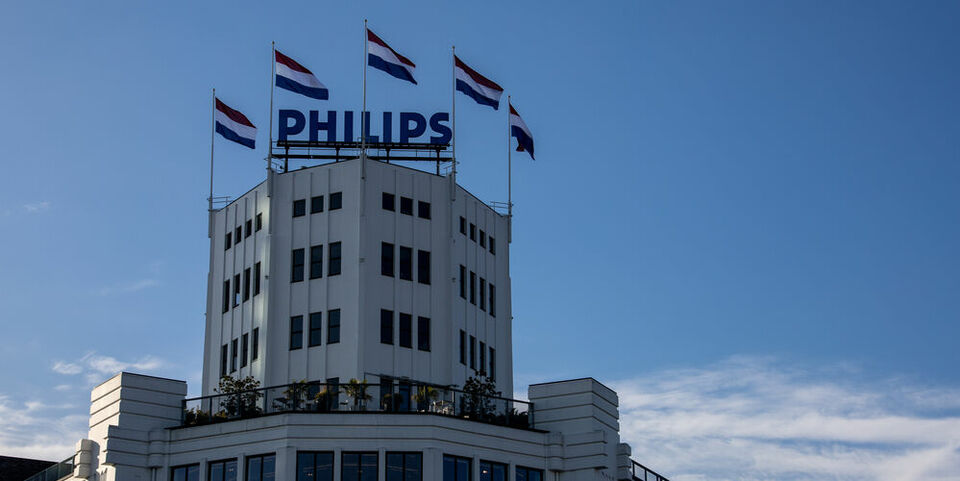TU/e and Brainport want technology programs for large companies
With the use of so-called Brainport roadmaps, TU/e aims to gain a better understanding of the challenges large companies are faced with. These roadmaps, supervised within TU/e by Clément Goossens and Gérôme Friesen, also need to provide these companies with region-wide support. But it’s not a matter of philanthropy and the benefits are twofold. Programs aren’t free of charge, and recruiting a professor whose expertise is in line with a company’s field of interest is obviously of interest to TU/e in the long term.
Clément Goossens, manager industry and government affairs, and Gérôme Friesen, manager strategic industry alliances, occupy themselves on behalf of TU/e with relationships between the university and large companies that produce end products with subsystems supplied by smaller companies, so-called OEMs. The name ‘roadmap’ shouldn’t be taken too literally. “These aren’t fixed timetables, in fact it’s a collective term for a long-term partnership between TU/e and industry, which is one of the targets on Brainport’s multiannual agenda.”
“The Brainport roadmaps identify the needs of industry, with a specific focus on the common denominator in the region. Are there any topics that several companies and/or sectors run into? If so, does that information find its way to Brainport Development, and does that lead to the development of a region-wide program in which all those companies can partake? A knowledge program in the field of AI, for example, now that is has become apparent that many companies have employees with a limited knowledge in this area. These roadmaps aren’t philanthropy: the meetings are without obligations, but companies will have to pay if they want to enroll an employee in a program such as the one described above. But the companies definitely appreciate the meetings and the results of these meetings,” Friesen says.
Obtaining a research budget from the market
Partnerships are important, Friesen says. “In TU/e’s case, these partners are predominantly multinationals such as ASML, Royal Philips and Signify. But we also sit down with KPN. Together, we identity the most important topics where we can be of help. Not just in the area of research, but also when it comes to education and valorization. Think of the launch of an ecosystem for spinoffs and startups, or recruiting new talent. When we notice that a large number of companies face the same issue, we can consider recruiting a professor with an expertise in that specific field. Our first thought isn’t to obtain more grants, even though money obviously plays a role. And having a professor who knows much about the challenges with which the companies in the region are faced, can help with research funding. Because the government won’t pay for everything and tells us to get some of that funding from the market.”
From AI to system engineering
Friesen won’t identity the problem at each individual company, because that information is competitively sensitive, “but many companies are faced with a shortage of personnel with knowledge of AI, for example, more specifically with knowledge of augmented reality. And there’s the problem of the transition from hardware to software-driven innovations, which leads to a greater demand for engineers with knowledge of ICT and AI. And all companies need more new personnel, obviously, but that’s not easily realized, which is why we also provide refresher courses, so that people gain more expertise. Because the advantage of retraining existing personnel or providing people with refresher courses, is that they already know the product.” TU/e is currently in the process of giving shape to training modules for this purpose, which will be offered by EAISI.
But what about SMEs?
Large companies will be given a clear access, but what about small and medium-sized enterprises (SMEs), one of the spearheads on Brainport’s multiannual agenda? Won’t that group be addressed? Friesen adds a nuance: “The dynamics of smaller companies are different; there is greater focus on paying salaries at the end of the month, shorter-term issues. We talk to people from Research & Development, which in many cases isn’t a concern of smaller companies. But larger companies are interested in smaller ones. ASML, for example, needs smaller companies for supplies, and it also stands to profit from a transfer of knowledge to smaller companies. And TU/e in turn has other initiatives in place for those smaller companies, such as innovation Space, where SMEs can simply submit an assignment that our students will solve in six weeks. And it’s also very easy for SMEs to collaborate in a low-threshold setting at Eindhoven Engine.” Goossens: “The structure of the Brainport region also plays a role: we have many internationals here, and that’s where 99 percent of our research budget goes.”
Bringing Google to Eindhoven
Friesen: “In my position, I maintain relationships, and of course I enjoy talking about research, but it’s also great to see the interest companies have in our research and the programs that result from it, such as hybrid teaching and student coaching by ASML. And that interest in our students is valid, they are the future employees.” Goossens adds: “I believe that in the future, regional talent will become an even greater priority.” Friesen knows that TU/e can’t provide the region with all the necessary personnel, “but it would be great if companies were to say ‘our best employees come from TU/e. In that case, you know that your programs are a success.”
When both gentlemen consider the current collaboration and the partners they would still like to add to the roadmap list, the companies that come to mind are those that operate in the software branch. “Google or IMB, for example. They would fit well with the hardware-to-software trend for which the companies in our region have a need. International collaboration is an option as well, naturally, but it would be nice if you could bring those companies to this region as well,” Friesen says in conclusion.


Discussion